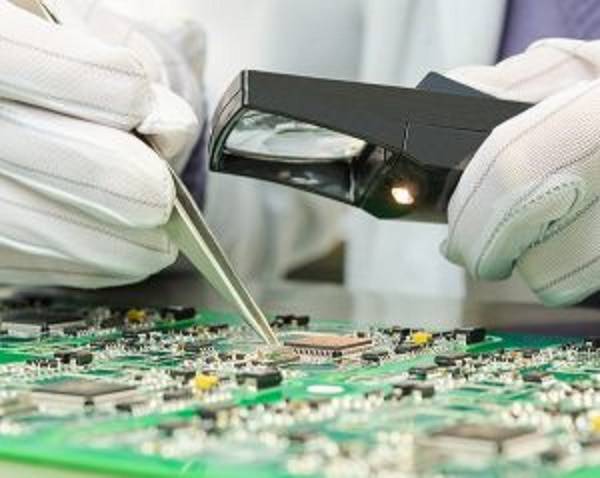Understanding the Importance of PCB Testing
Oct 26, 2019 09:44
Printed Circuit Boards (PCBs) are very valuable devices because they are commonly used in different technologies and electronics. Whether it is a computer, mobile phone or any other complex machinery, you will discover that a PCB is responsible for most of the functions of the device. If there are manufacturing issues or defects with the printed circuit board, they can lead to malfunctions with the final product and can lead to major inconveniences.

When you send designs off to the manufacturer for reproducing on a massive scale and there is a problem with the PCB, they would need to be recalled and this means more time and resources will be spent on dealing with the malfunctions.
Therefore, adequate testing is essential for ensuring the highest standards of safety and quality. Most developers have no choice but to turn to PCB manufacturers and designers for getting them manufactured and tested professionally.
Why PCBs Need to be Tested?
One of the most important phases of PCB manufacturing is their testing. If PCBs are not tested, there may be problems or errors that may not have been identified during the production stage. These problems eventually lead to failures and defects in the products. For reducing the possibility of failure and ensuring customer satisfaction, it is essential to implement testing procedures so that the printed circuit board and other components are fully functional. When testing procedures are implemented throughout the production phase, it is possible to identify issues and errors earlier on instead of at the final phase of testing.
It has become the norm for PCB design and manufacture companies to have thorough and careful testing procedures to ensure that the final printed circuit boards (PCBs) of the highest quality.
Testing of PCB Components
Great attention to detail is required during the testing phase as it is very thorough. There are numerous complex components that can be found in a printed circuit board. These include diodes, capacitors, fuses, transistors and resistors. It is crucial to test all of these components for signs of malfunctions and irregularities.
• Capacitors
Storing energy in the form of an electrostatic field is the job of these small electronic devices. It blocks the flow of direct current and enables the flow of indirect current, all the while storing energy. Voltage is applied to these capacitors for testing purposes to ensure they are functioning properly. If they don’t, the outcomes will indicate whether there is a leak, a short or the capacitor doesn’t work.
• Diodes
Small electronic devices that are responsible for transmitting current in a single direction are called diodes. When current is transmitted in a single direction, it is blocked in the opposite direction. This device is very sensitive and it needs to be tested with utmost care. An expert, such as Cortek Test Solutions, should be consulted before testing such sensitive components in order to prevent damage.
• Resistors
One of the primary components of a PCB are resistors. You will find two terminals on these small electronic devices that allow currents to produce voltage. An ohmmeter can be used for testing these resistors. The resistor will have to be isolated so it can be used as a digital multimeter and the leads can be connected to the resistor for testing purposes. An open resistor is the reason why you may get too high readings.
These are just some of the components that make up printed circuit boards. As these electrical parts are quite complex, it is necessary to test the PCB for any possible errors or faults that could cause the board to malfunction. Every component needs to be monitored and tested for maintaining a functioning PCB.







































































